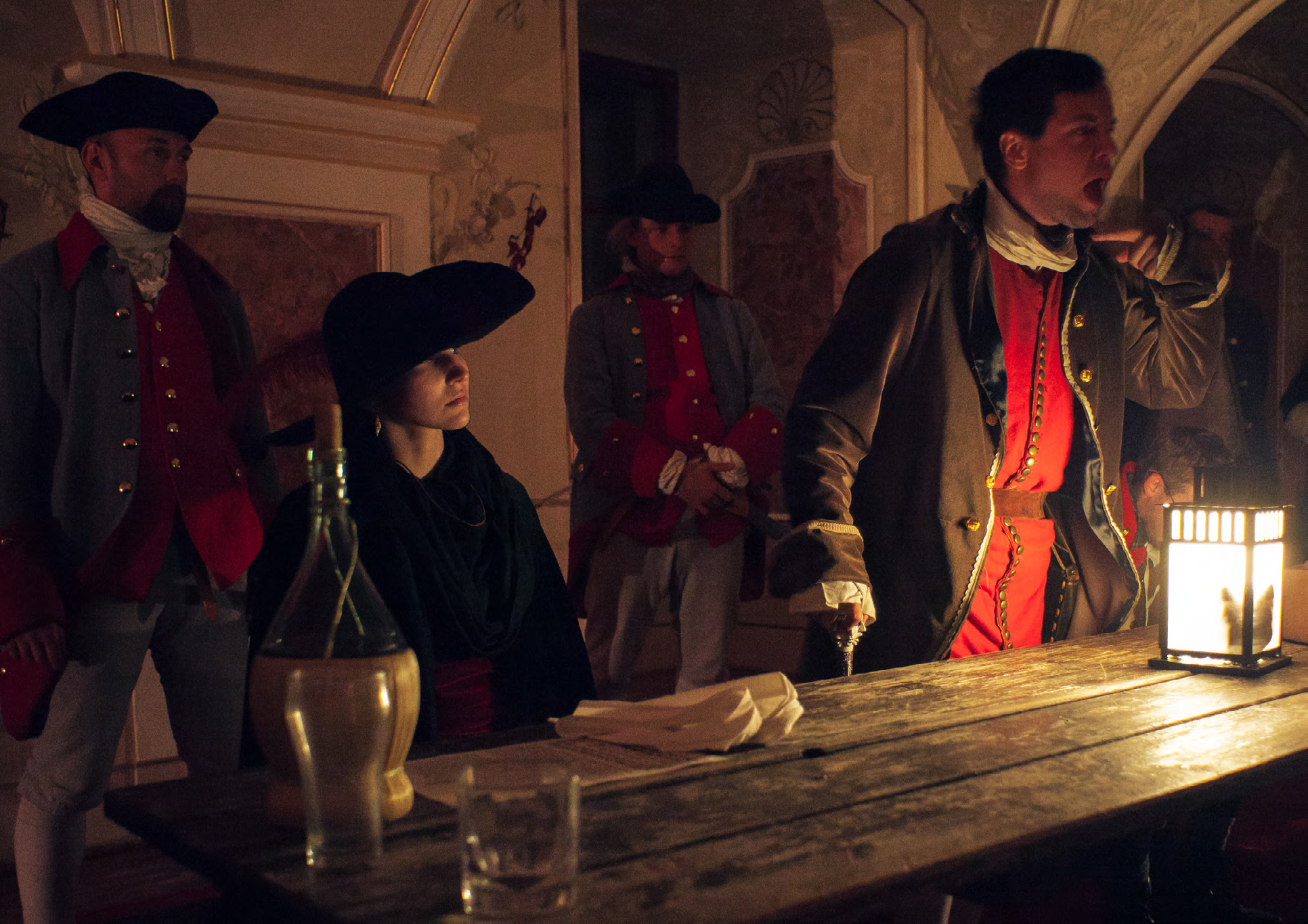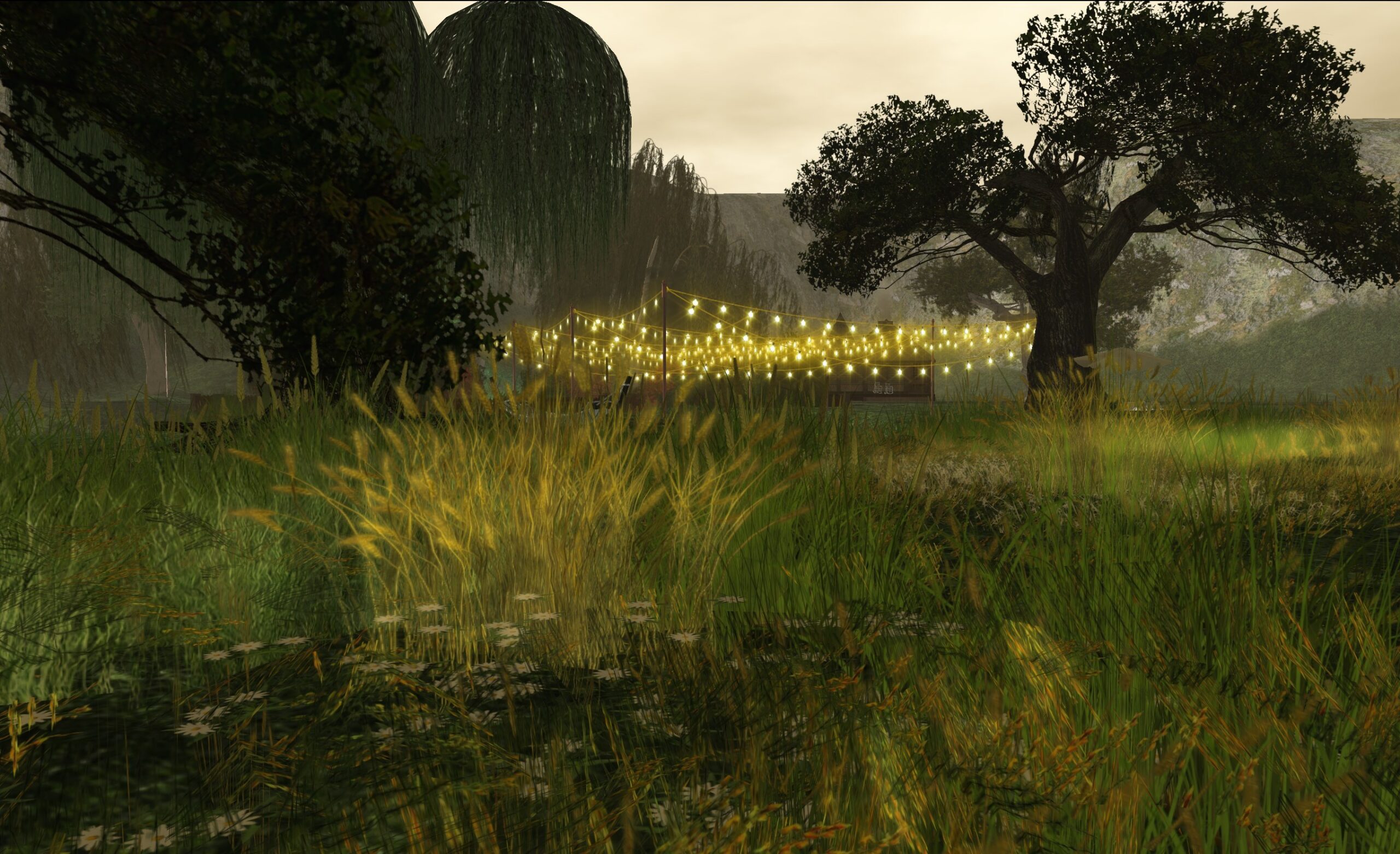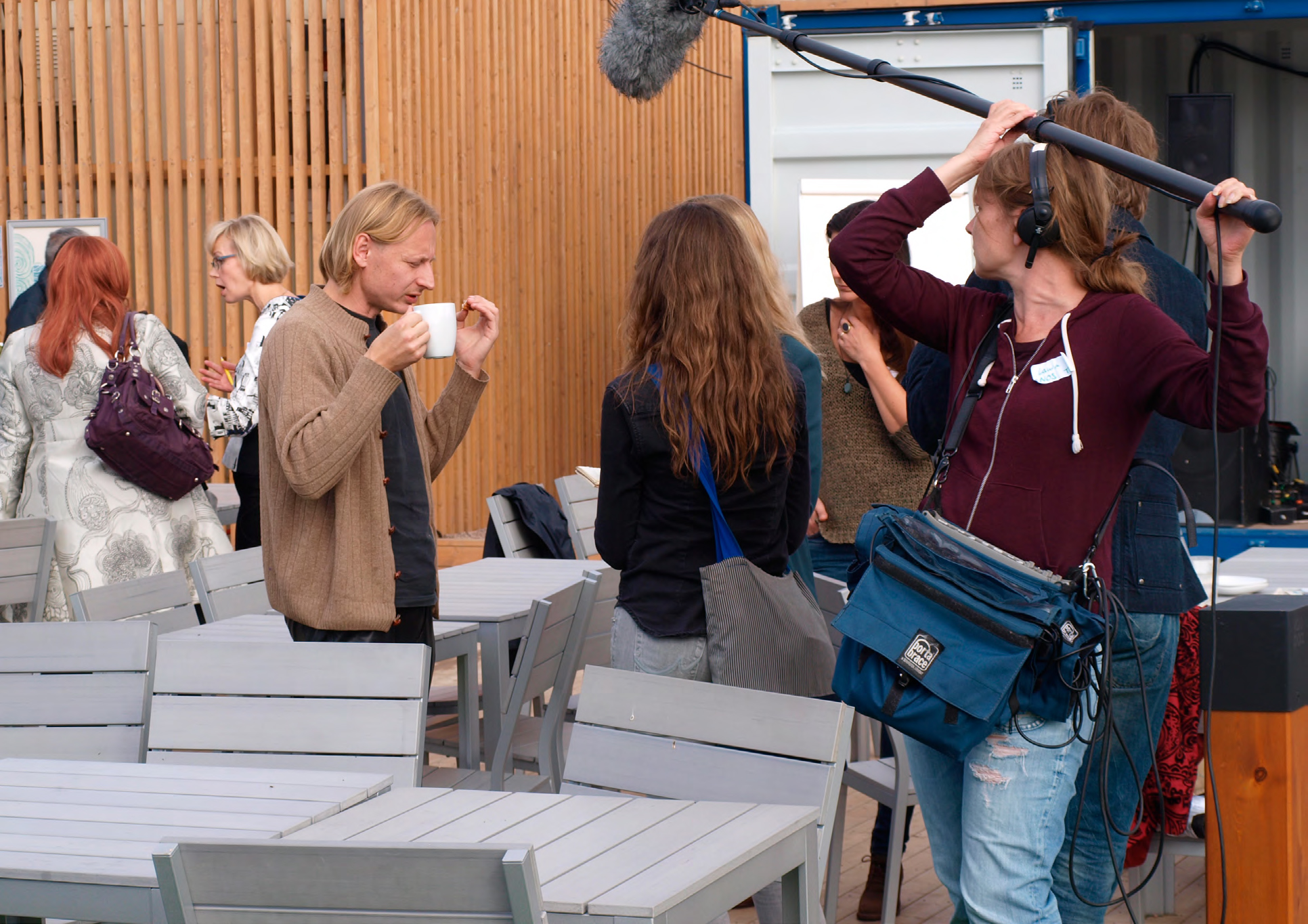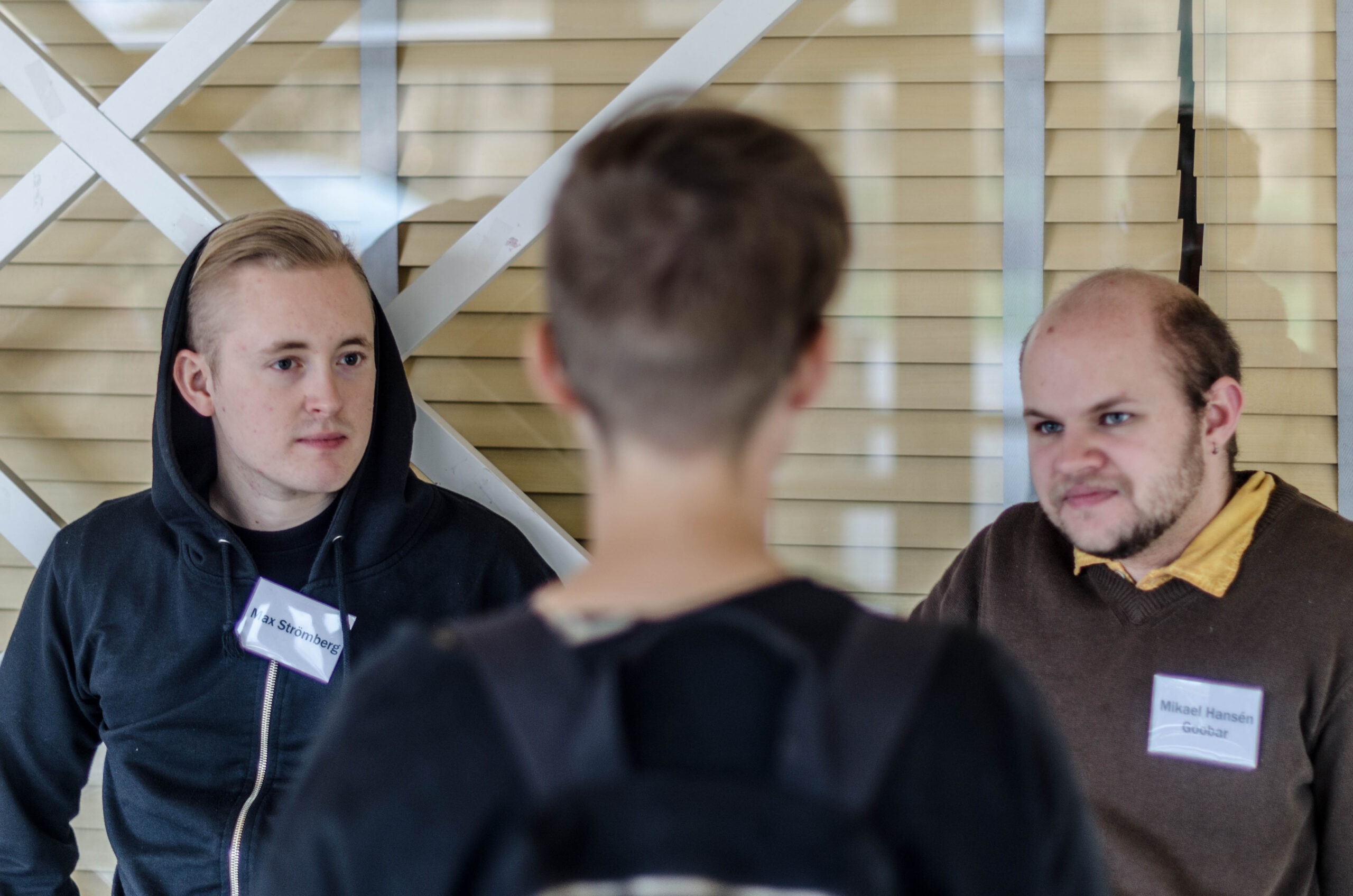Tag: Featured
-

A Beginner’s Guide to Handling the Knudeblues
in
A beginner’s guide to handling the Knudeblues, the emotional drop felt after larp cons such as Knudepunkt. This text gives you tips to help you land.
-

Exit 3: The Bunker – Claustro-drama
In July 2014, 30 players in the Netherlands split into two groups of 15 and allowed themselves to be all but locked up during two of the hottest days of the week. They were playing a larp game called Exit, the third installment in a series exploring interpersonal tension in enclosed spaces. This game was
-

Four Backstory Building Games You Can Play Anywhere!
One of the most difficult – but also most rewarding – parts of larp is coming up with a good character backstory. A sense of a character’s past gives great insights into how to play them in the present, for one thing; not to mention, it shines some light on where you may take them
-

De la Bête – An Expensive Beast
The beast I saw resembled a leopard, but had feet like those of a bear and a mouth like that of a lion. The dragon gave the beast his power and his throne and great authority. Revelations, 13:2, the Bible (New International Version) De la Bête (About the Beast) was a larp for 95 players,
-

Behind the Larp Census
29.751 larpers can’t (all) be wrong On January 10, 2015, 101 days after launching, the first global Larp Census closed to replies. 29,751 responses were logged from 123 different territories in 17 different languages. The data from this survey is freely available via a Creative Commons license at LarpCensus.org. Barring death, dismemberment, or debilitating drunkenness, the total
-

Six Levels of Substitution
in
The Behaviour Substitution Model You are gliding over the parquet, in a constant battle over who’s in charge. You lock eyes and tighten your grip pulling your partner just a bit closer. Your posture and precise footwork radiate confidence. Other players are holding their breath to see which one gives up the battle first. Actually,
-

Brudpris
Brudpris (Bridal Price) is set in Berge, a rural village in the fictional Mo culture. The culture of Mo is inspired by Nordic rural 19th century aesthetics. They live isolated from the outside world according to their strict patriarchal honor culture.
-

Post-larp Depression
in
Larp occupies a unique place among analog games, for it demands as much from players’ bodies as it does from their minds. It comes then as no surprise that many players find themselves in the situation of feeling confused, exhausted, and emotionally raw after a larp event.
-

Baltic Warriors: Helsinki
Baltic Warriors: Helsinki was the first in a hopefully longer series of political larps about environmental issues related to the Baltic Sea, and especially to the way oxygen depletion in the water can lead to “dead zones” in which nothing lives. These are caused by many different things, but one culprit is industrial agriculture.
-

Returning to the Real World
in
Debriefing After Role-playing Games Debriefing is a somewhat controversial topic in role-playing communities today. While some individuals feel that games should remain distinct from the mundane world and debriefing is an unnecessary complication, many role-players have grown concerned about difficulties in the process of transitioning between intense game experiences back to mundane life. As part